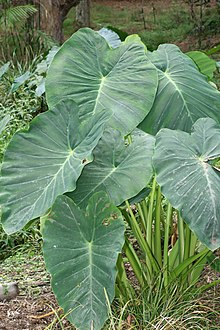 |
| Bicol Express |
The name of this dish was taken after an express train that travels from Manila to Bicol long time ago. With modernization the train is already outdated and long gone, people nowadays travel with airconditioned buses straight to Bicol but the dish still kept its name and an insignia of a truly Bicolano, a reminder of the history that will linger on to the next generation to come.
| sgforum.com |
Ingredients:
1 regular size onion
3 cloves garlic
3 tablespoons oil for saute
1 kilo pork or chicken
1cup of red and green small chilli (siling labuyo)
3/4 cup 2nd (puree) extraction of coconut cream
1/2 cup of 1st (puree) extraction of coconut milk
Method:
- Saute the garlic and onion with 3 tablespoons oil.
- Add the meat, pork or chicken cut in bite sizes.
- Add the 2nd extraction of coconut cream, let boil in medium heat until meat is tender.
- Add the chilli 1 cup or more to your preference then add salt to taste, let boil in low heat to reduce water.
- Lastly add the 1st extraction of coconut milk, let boil until it becomes thick like a sauce.
- Serve and enjoy your hot and spicy dish with white rice.
Have fun and enjoy this authentic Bicol recipe.
Ciao!



























